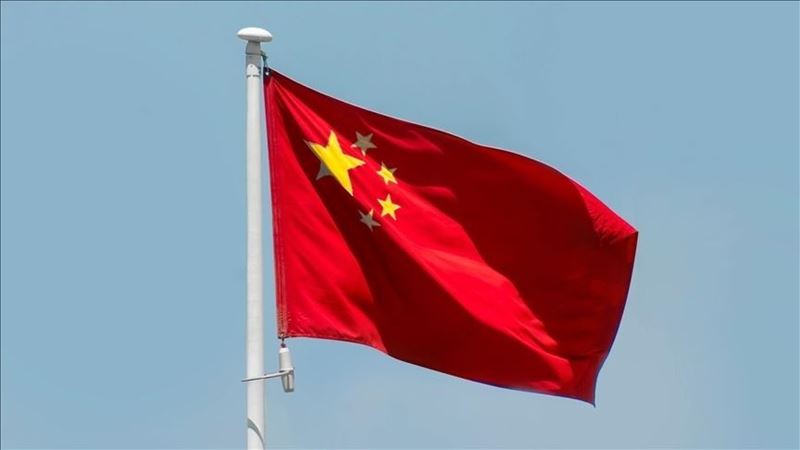Billet imports primarily came from China and Oman, while slab imports were mainly sourced from Egypt and Oman. This shift highlights Thailand's strategic efforts to expand into Middle Eastern and African markets, while still relying on its traditional supply channels.
A more balanced distribution was observed in finished product imports. While imports of wire rod and hot-rolled coils decreased y/y, imports of steel bars, sections, cold-rolled coils, and coated products saw an increase. Steel pipe imports also experienced a slight increase.
Decline in imports from ASEAN countries
While China, Japan, and South Korea remain key suppliers for Thailand, the share of imports from ASEAN countries has decreased. In contrast, the share of imports from East Asian countries has increased. This shift reflects Thailand's efforts to adapt to changes in the global steel trade and optimize its import strategy. Moving forward, Thailand's strategic decisions will likely focus on balancing cost considerations with supply chain security, shaping the country's approach to the steel market in the future.









Comments
No comment yet.